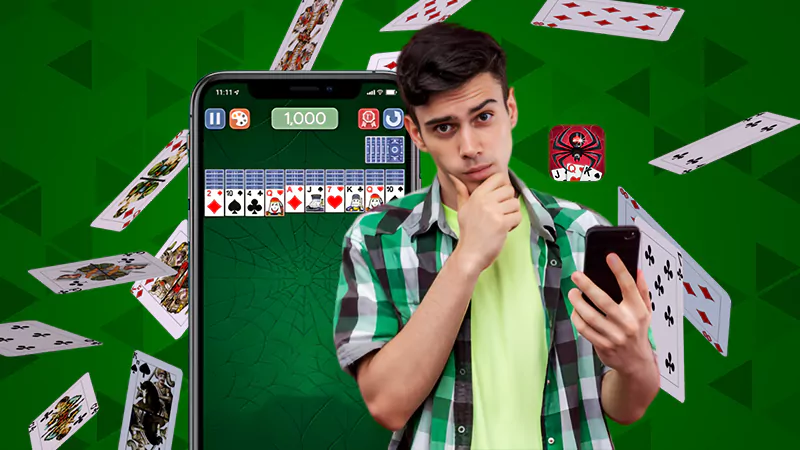Exploring the Emerging Gaming Craze of NFTs
It seems like every year, the sheer number of new topics related to the internet gets increasingly bigger. With new ideas seemingly catching like wildfire regularly, a new craze manages to work its way to mainstream headlines regularly. We’ve seen it with VPNs, cryptocurrencies, the idea of the metaverse, and now non-fungible tokens (NFTs).
Alongside the absurd fees being paid for digital art anchored by the NFT system, gamers and major gaming companies are starting to delve into the realms of NFT gaming. Most recently, Electronic Arts joined Ubisoft in hailing the potential of NFT gaming. With the two being famed for their application of microtransactions and loot boxes in full-priced games, a new method of monetizing beyond the standardized buy-to-play model would be an inevitable next step. So, what is this new craze of NFTs in gaming?
What is NFT Gaming?
While not as popular as social media apps, NFTs are being more and more sought out by the world’s online communities. People who want to immerse themselves in just about everything digital are taking to cryptocurrencies – a form of digital currency – as well as NFTs, which are digital items with perceived value. The two are of the same digital ecosystem, with everything managed by blockchains and ledgers. To understand how NFT gaming works, it’s important to know all of these core concepts and systems.
The blockchain is the central technology on which all of these digital applications and assets are built. It’s a digital distributed ledger that retains data about each transaction on the blockchain, with its verification system stopping any records from being tampered with or replicated. This is managed by peer-to-peer computer networks that maintain record keeping. Cryptocurrencies are traditionally offered to those who do the computing that upkeeps the blockchain, and now, they can be used as the currency to purchase NFTs.
NFTs are unique data packages stored on the blockchain. Each is completely unique and certified as such, with them taking the form of a digital file being transformed into an NFT via a minting. This way, they can be traded for their perceived value, with the blockchain verifying that the item being received is the real piece. In gaming, this is applied to collectible or usable in-game items, such as cards in card games or creatures in farming games, with the games themselves being developed for use with a blockchain like Ethereum. To incentivize the value, games become “play-to-earn,” with rarer items requiring more work or luck.
It is sure to make it’s way into some of the most popular types of online gaming soon enough.
How is NFT Gaming Different from Other Entertainment Products?
The vast majority of NFT games are found on the community-run technology of decentralized applications that is Ethereum, with its primary cryptocurrency being ether. Many gamers are flocking to them, having experienced the increase of pay-to-win gaming mechanics – many of which renew annually to nullify value. With NFT gaming, gamers play the games, earn items given value, and can then trade them for other valuable items or cryptocurrency that can be exchanged for fiat money. To many, this method is very similar to that of playing slots and tables at the online casino.
Read Also:- 10 Best Ways to Invest in Crypto Gaming for Maximum Returns
In online casino gaming, people deposit money, use that money to play games like Lara Croft: Temples and Tombs, Blazing Mammoth, or Holly’s Real Fortune Finder, and can then use the winnings to either play more or withdraw it as real money. Stories around NFT gaming mainly pertain to people playing the games enough to then exchange its NFTs for real money. In this sense, it’s very similar to online casinos, but of course, the two are completely different entities in terms of the entertainment experience itself.
NFT Games Picking Up Steam
Still a very new concept, let alone a new method of game creation, you won’t find any NFT games with such a trusted, if not quite recently controversially sidestepped, history as the Total War series or other major franchises. Still, the number of players involved and the, so far, well-working economies certainly inspire trust and intrigue. Perhaps the most recognizable game in the NFT scene right now is Axie Infinity. In this game, players deposit ether to get three fantasy creatures which they then breed to sell to other players. Fuelling the market is the other gameplay element of the game, which centers on player-vs-player battles.
Splinterlands utilizes an age-old method of gaming: collectible cards. The central game is card battle title, in which you build decks from your digital cards and then duel others. Being skill-based and driven on the power of the cards, players need to complete tasks and win battles to earn in-game currency and more cards. Those are the two biggest names in NFT gaming at the minute, but the likes of Gods Unchained, Lost Relics, CryptoBlades, My DeFi Pet, Rabona, and Illuvium are all making waves.
NFT gaming isn’t for everyone, but for those who want to immerse themselves in the digital world as much as possible, it offers a way to add tangible value to gaming progression.
Useful Tips for Beginners in Clash of Clans
The Best CS2 Cases to Open in 2023
The Emergence of Digital Assets in the Gaming…
Best Places to Play Spider Solitaire Online
How to Share Screen on Discord – A…
League of Legends_ Beyond the Game – The…
10 Best Ways to Invest in Crypto Gaming…
Understanding the Gaming Audience: Who Spends the Most…
Facts About Major League Baseball
Tips on How to Become a Gaming Streamer
How to Play Minecraft for Free
CS:Go Skin Trading – A Beginners Guide












